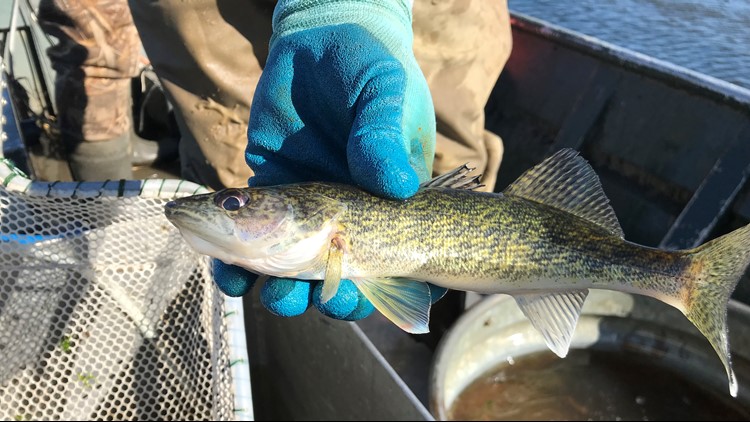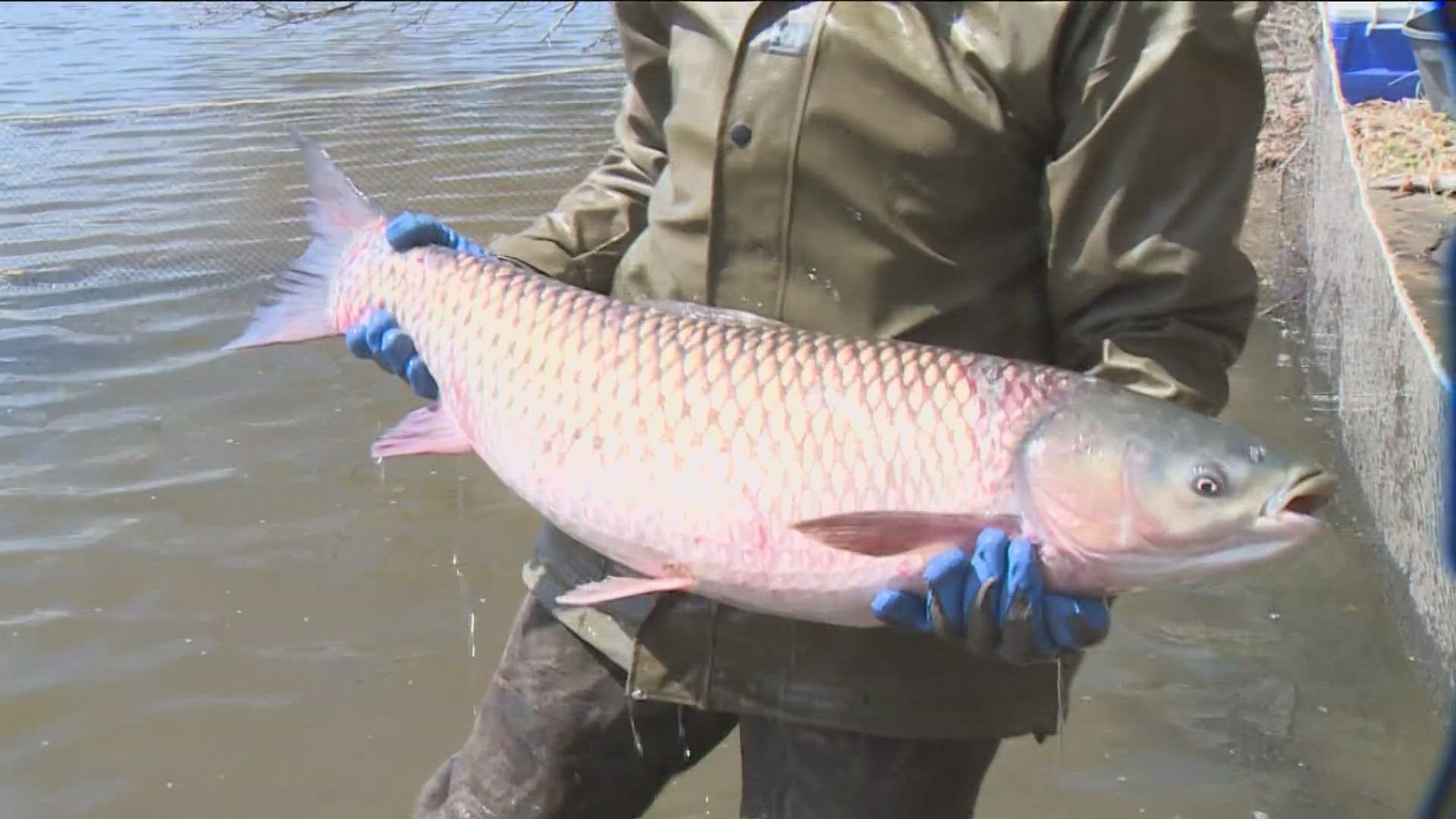WASHINGTON COUNTY, Minn. - Fall is the time farmers across Minnesota reap the bounty of seeds that were sown in the spring... seeds that have grown and matured over the summer months.
The same is true with the Minnesota Department of Natural Resources East Metro Area Fisheries Office.
Each spring eggs collected from walleye netted somewhere across the state (this year from the Pike River, which runs into Lake Vermillion) are transported to St. Paul and hatched in a fish hatchery off Warner Road near the Mississippi River. From there the walleye hatchlings (called fry) are released into 15 to 20 private rearing ponds, most in northern Washington County, where they are allowed to feed and grow through the summer in a safe, controlled environment.

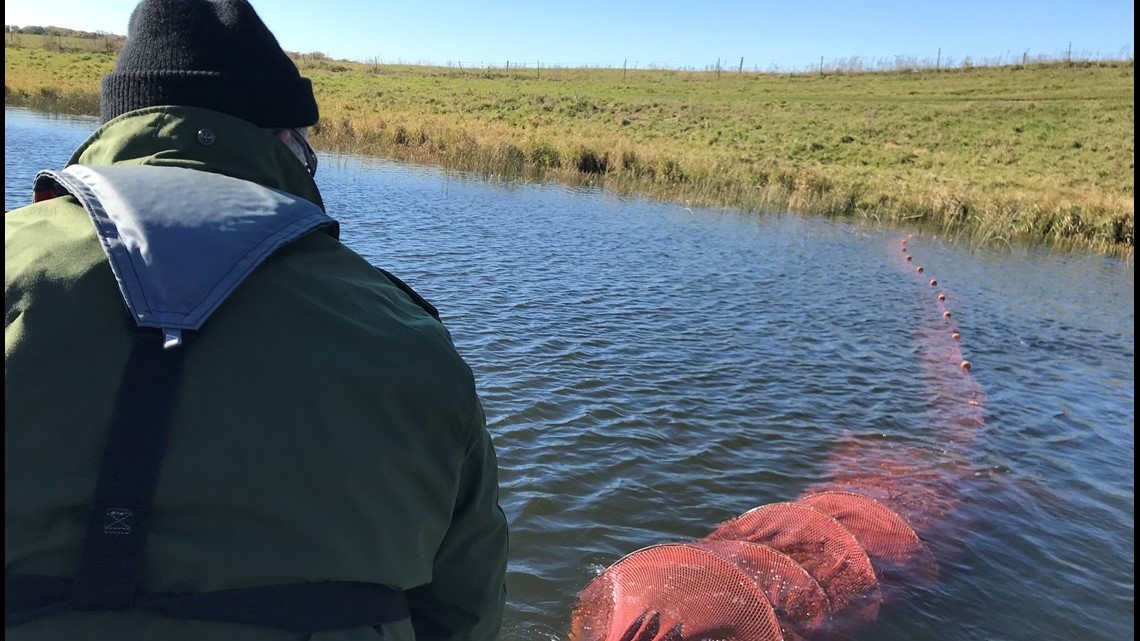
Come fall, nets are set and DNR Fisheries crews harvest what are called fingerlings. In a good year, approximately 5,000 to 6,000 pounds of young walleye are collected, then transported in tanker trucks to 39 lakes all across the northeast metro. The majority go to the region's most heavily fished lakes: White Bear, Forest, Big Marine, Bald Eagle and Turtle Lakes among them. In two or three years the young walleye that survive their predatory environment will be the fish that anglers catch, keep and eat.
This year, the mood isn't as celebratory as it usually is after harvest. As of the third week in October crews are well below the normal 5,000 average take in pounds of young walleye, and DNR East Metro Area Fisheries Supervisor T.J. DeBates thinks he knows why. It's a complex circle whose bottom line is this: Minnesota's winters have simply been warmer than they used to be.

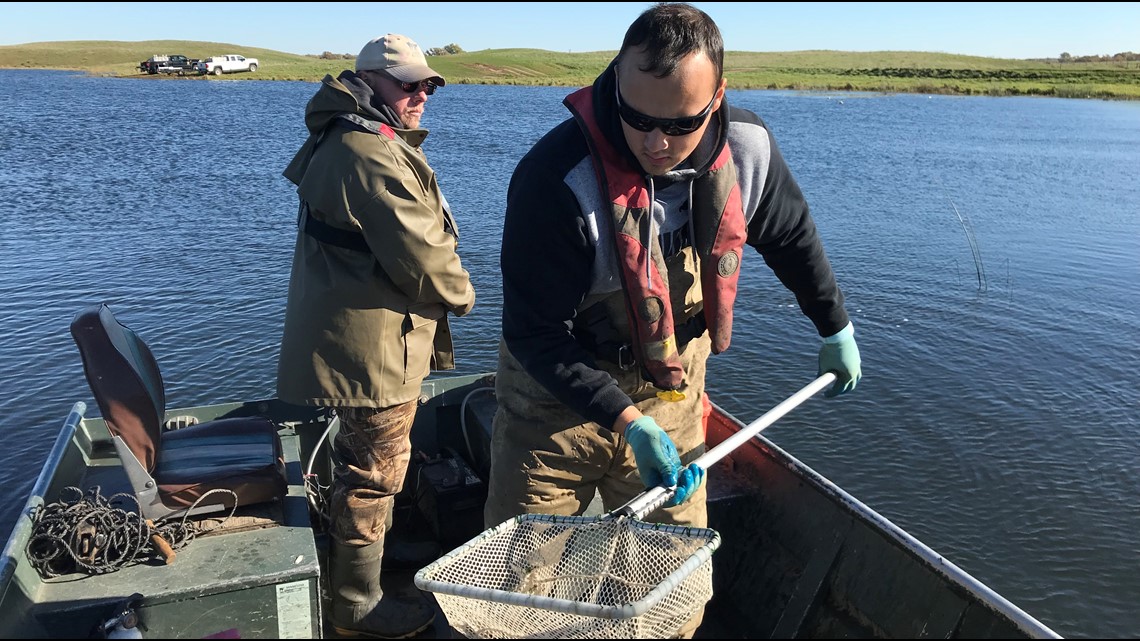
While warmer winters make some Minnesotans happy, they are terrible for the DNR's walleye operation. Here's the explainer, as simply as DeBates could break it down for KARE 11: Winter kill is when a thick sheet of ice and snow collects on the surface of a shallow pond or lake. That prevents sunlight from reaching aquatic plants, which can't generate oxygen if they don't get sun. Decomposition of dead plants and algae also uses significant amounts of oxygen. Without oxygen, fish can't survive and they will die off. Sounds simple, right?
The Fisheries unit depends on winter kill to take care of the walleye and other predators in their secret holding ponds that somehow avoided DNR nets during the previous year's harvest. If the winter is mild, and those rouge walleye survive, they will devour the hatched walleye eggs released by crews in the spring. That severely reduces the number of walleye fingerlings crews collect and move to other lakes come fall.

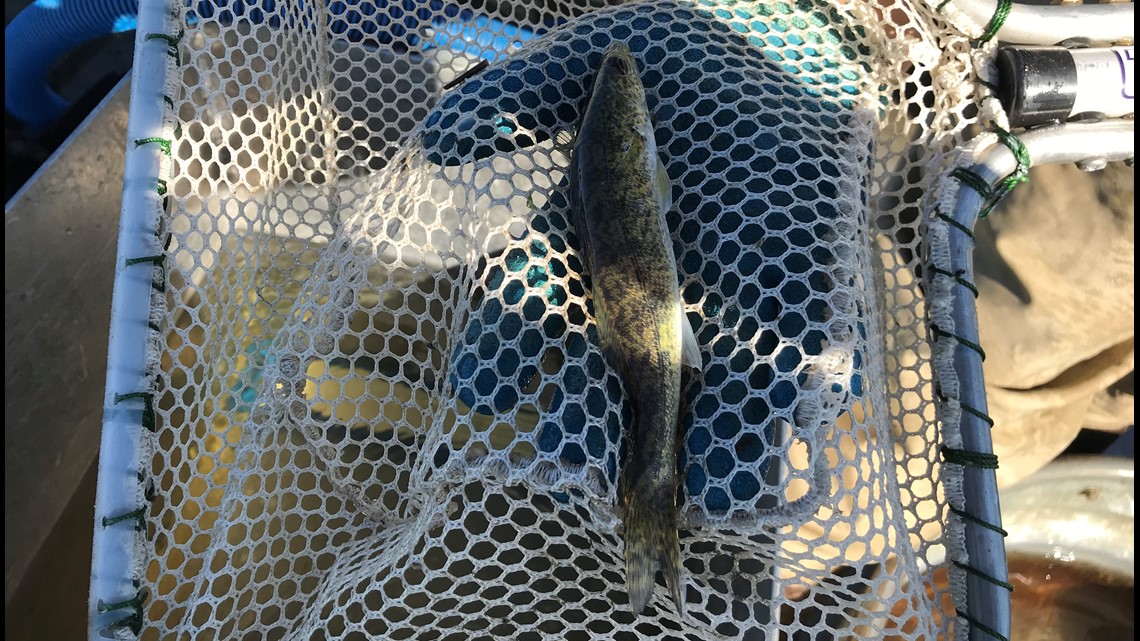
T.J. Debates says so far, it appears this year's harvest will be off more than 50 percent from the average, and the actual numbers may be far worse than that. That means they will have to drive to areas well across the state to get walleye fingerlings from other DNR walleye rearing ponds, and then truck them back to the east metro. The extra crew hours and fuel costs greatly increase the costs of a tightly budgeted program. If the winter of 2018-19 is again free of winter kill, crews will have to net again in an attempt to remove the stragglers, adding more cost.

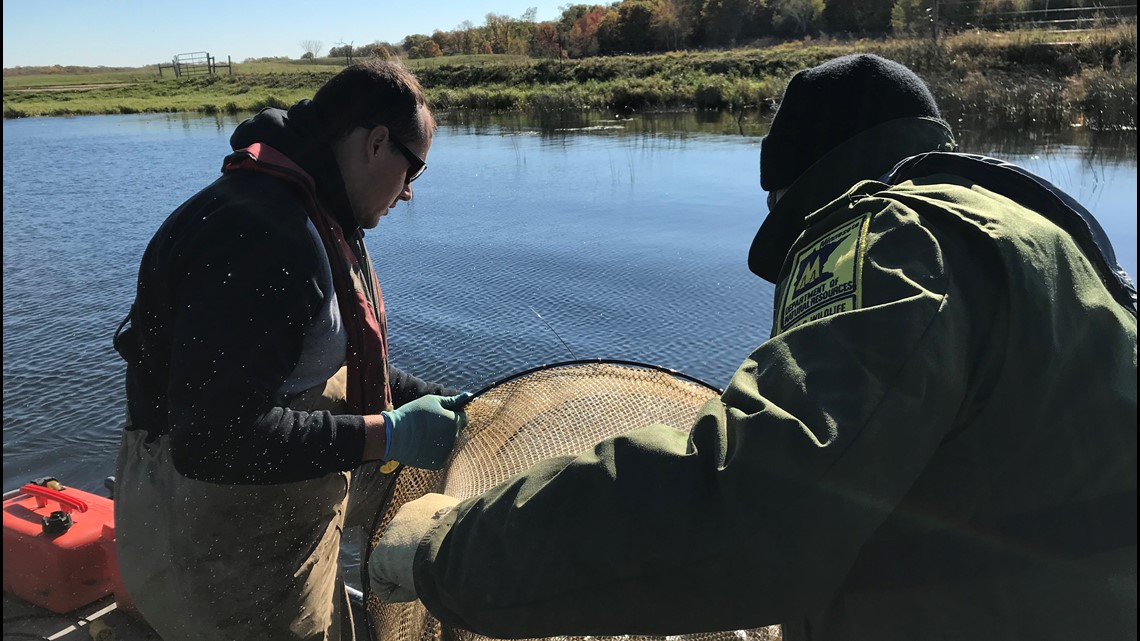
The DNR knows very well what a divisive issue climate change is, and has no desire to enter the political fray. But DeBates says weather statistics themselves reflect a warming trend when it comes to Minnesota's winters, and another one free of winter kill will have a significant impact on east metro anglers who live to pursue Minnesota's state fish.


